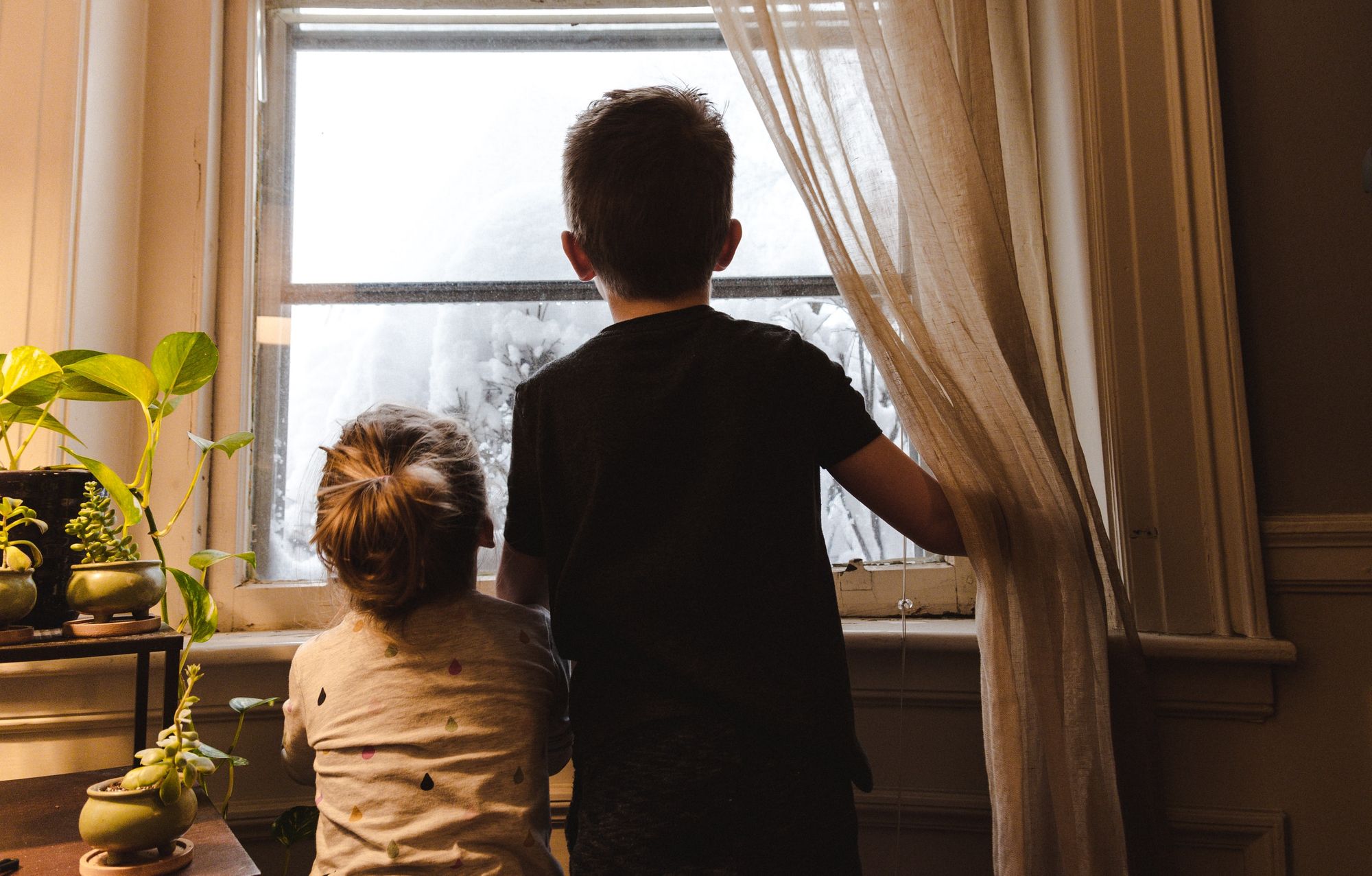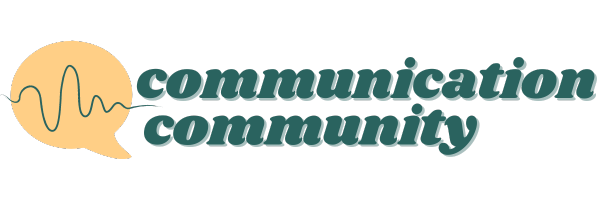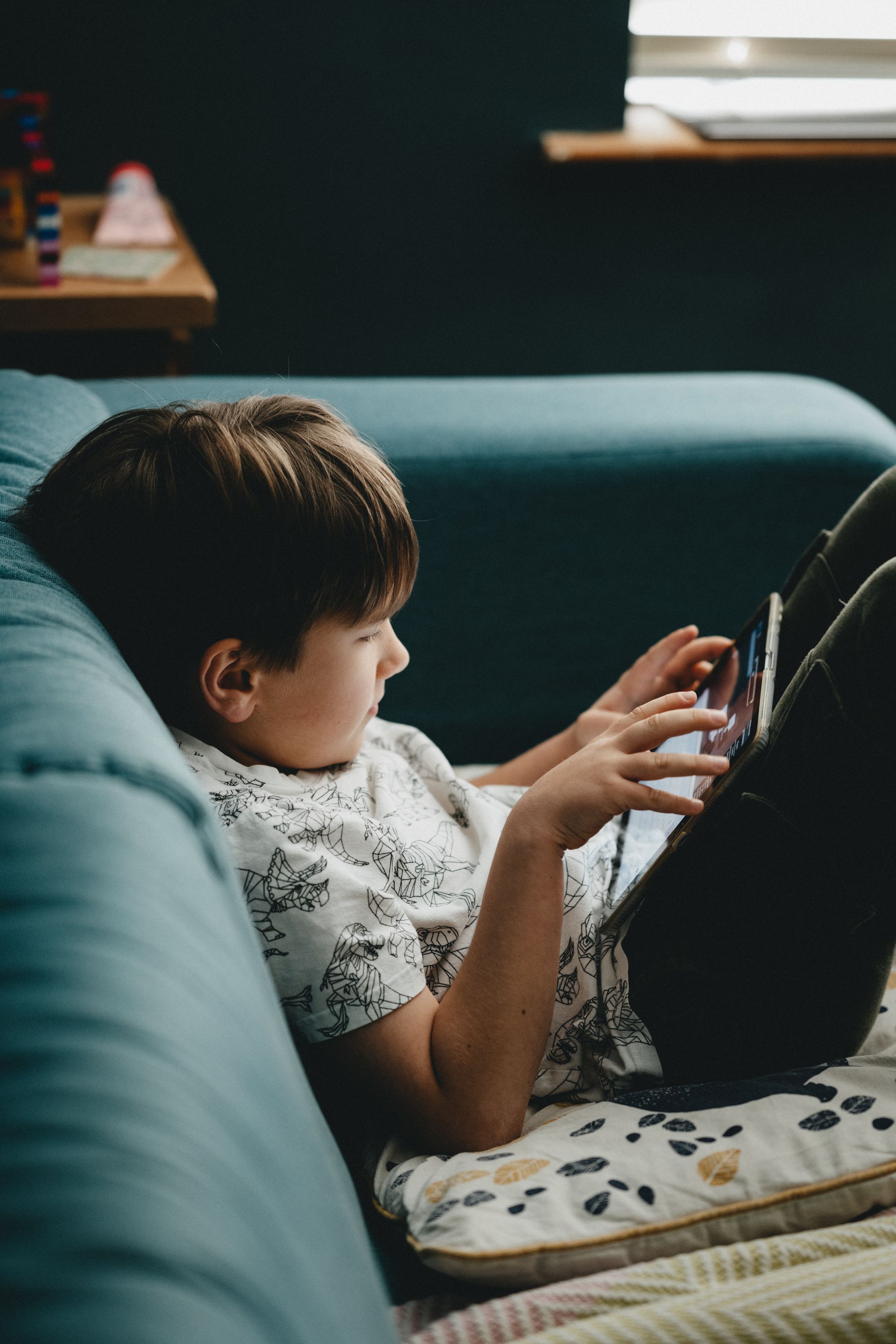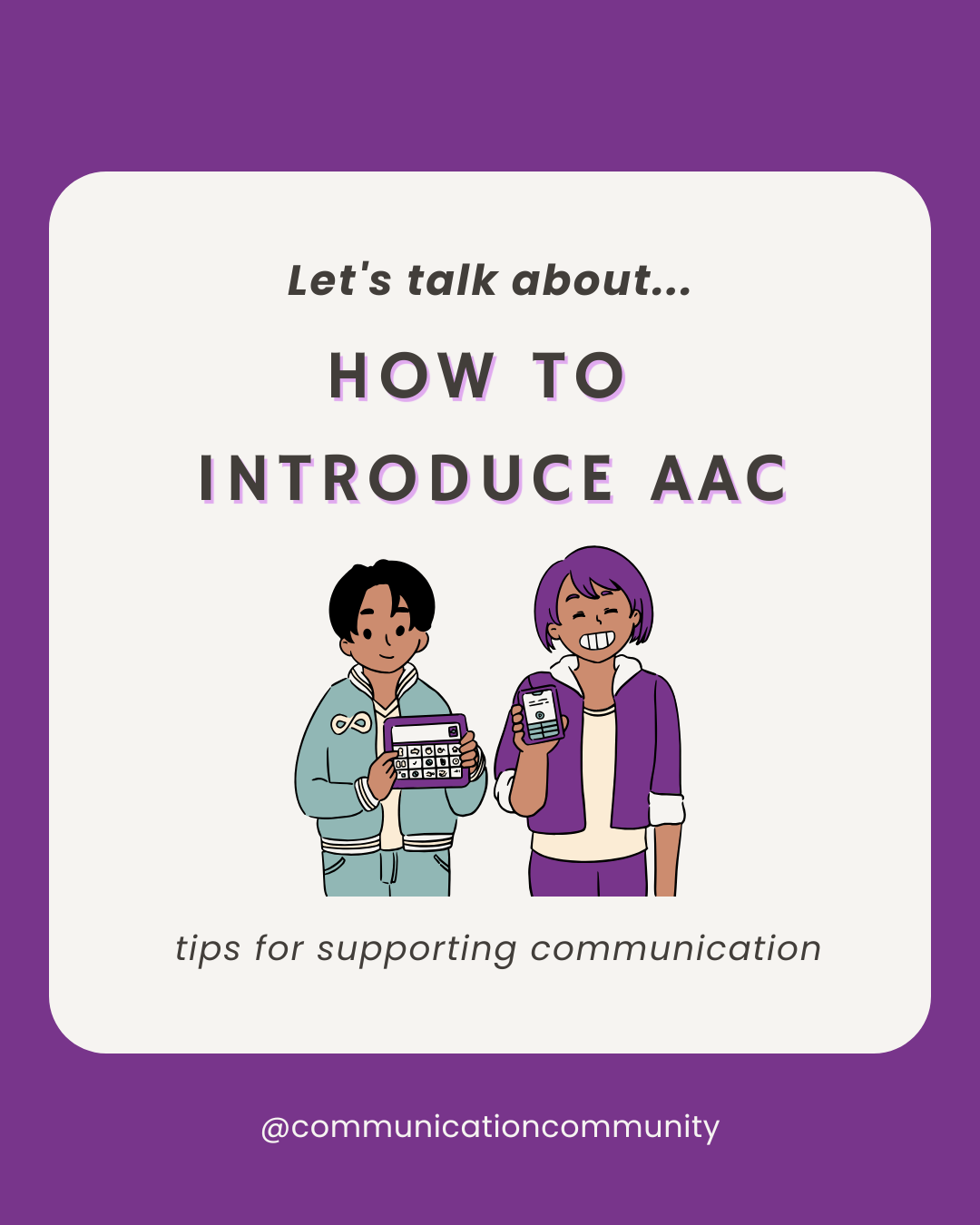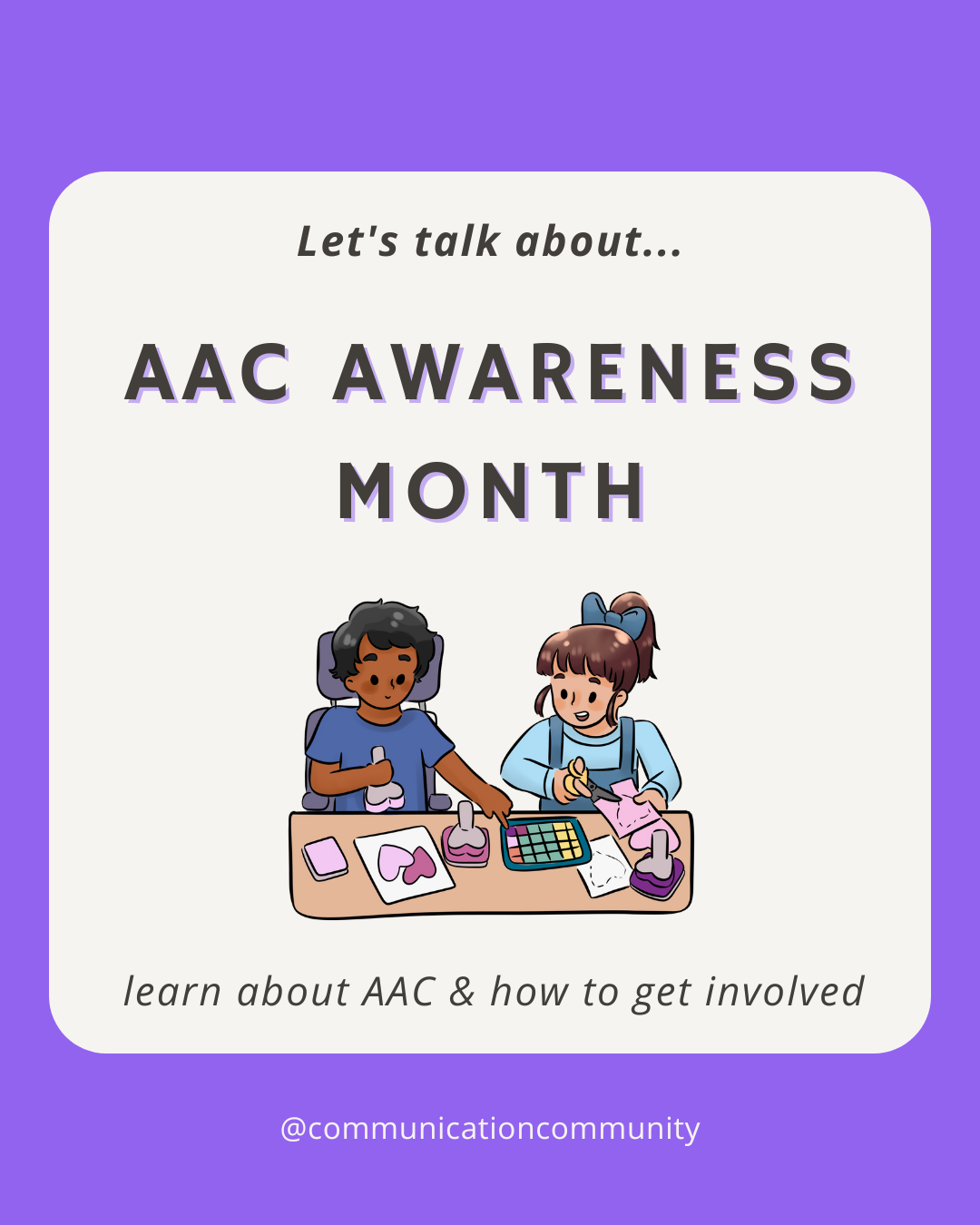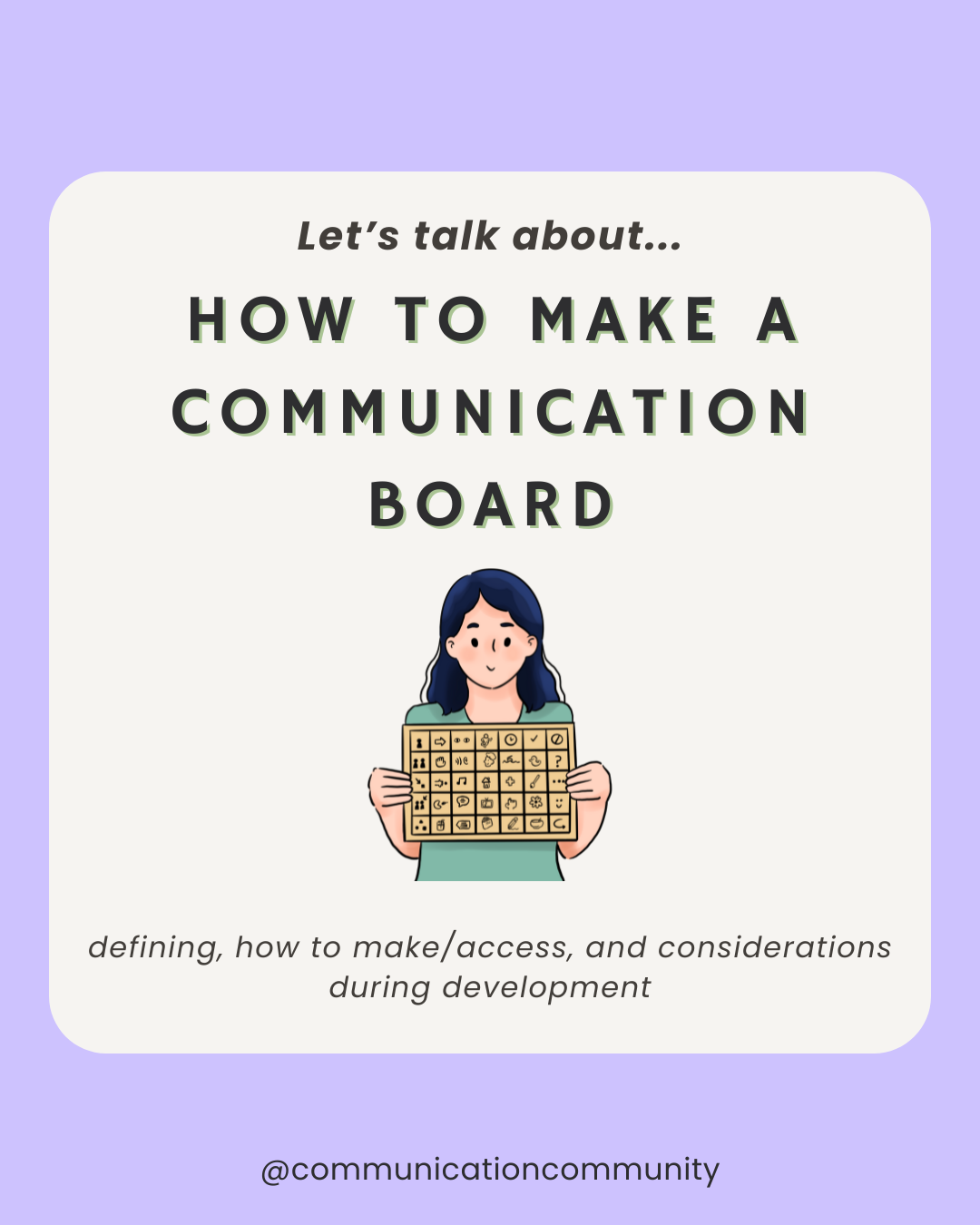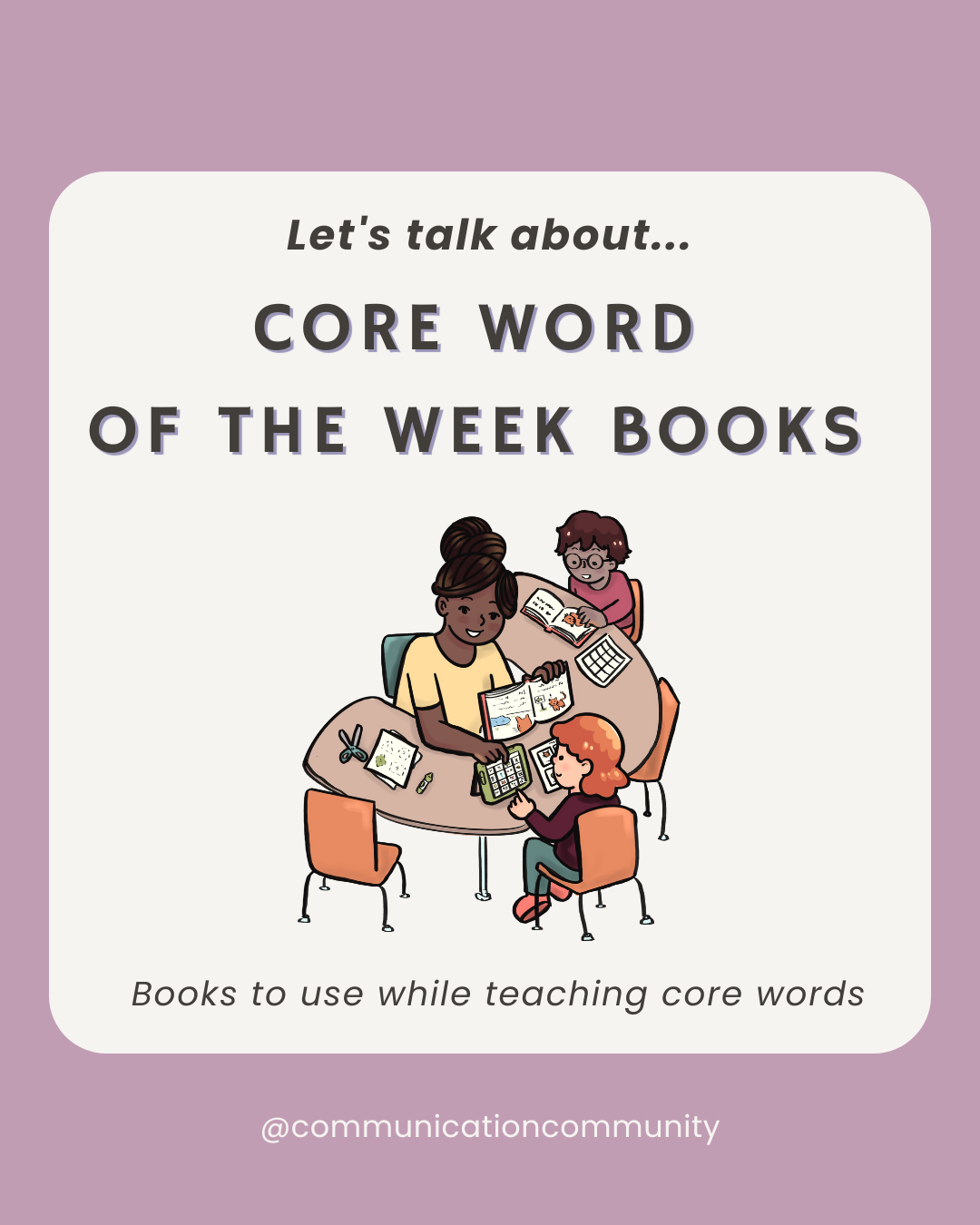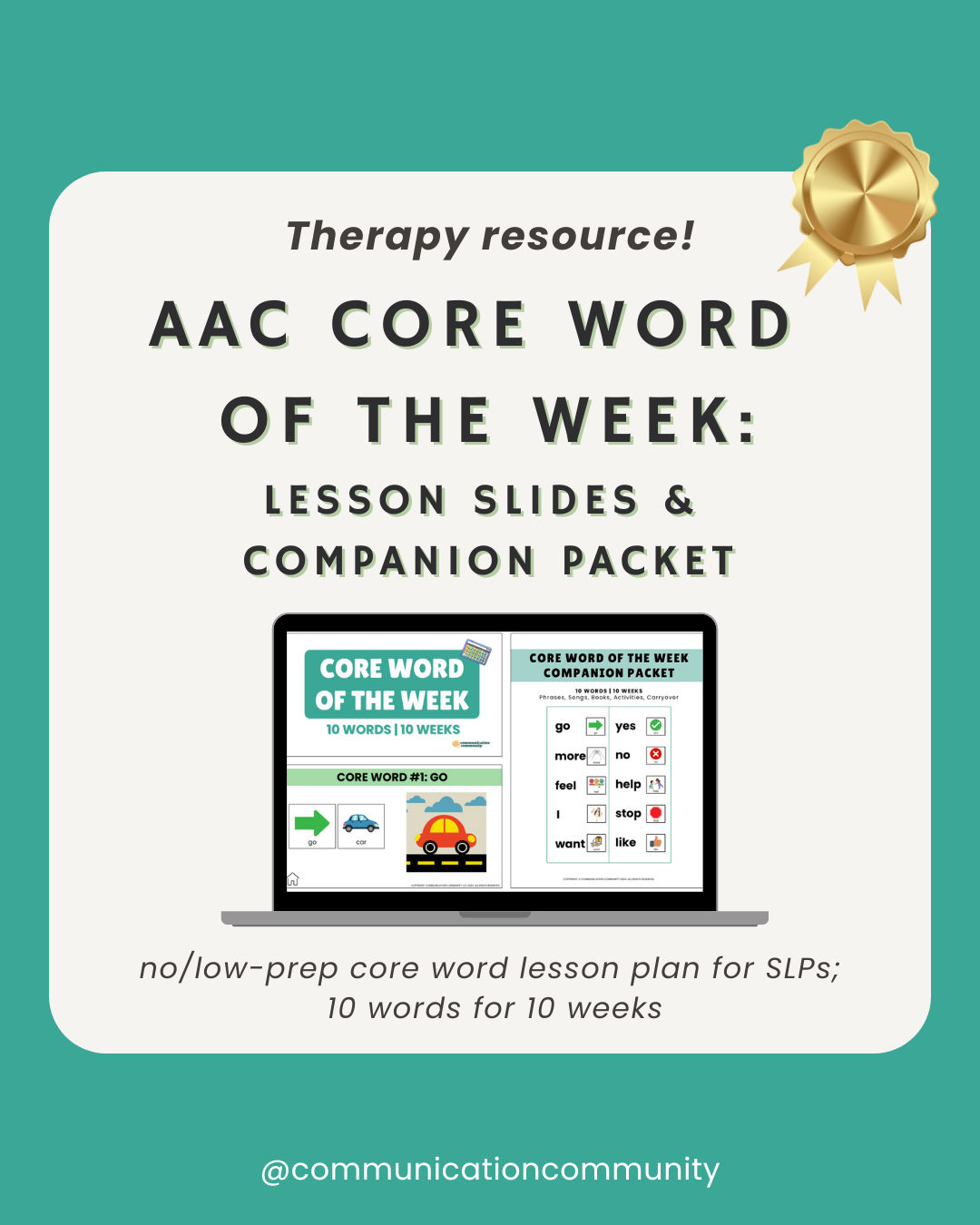Author's Note: This was originally posted in March 2020 when practically everything changed overnight. It discussed how AAC might have been used (e.g. to go to the store) and how it might have changed (e.g. online shopping). Since then, updates have been made to more generally talk about AAC carryover in different settings.
If you had asked me what I thought 2020 would look like, I definitely would not have predicted what’s going on now...and I don’t think I’m alone there. Our days are looking pretty different recently amidst the COVID-19 outbreak. It feels like almost every single thing I did on a day-to-day basis has changed in the past month. Where I go, who I see, what I do...these all look very different than they did just a month ago. I know I’m not the only one here; almost everyone in the United States and beyond has had their day-to-day lives changed because of this global pandemic. The silver lining of all this may be: using AAC devices in changing times means using AAC devices in natural contexts and in very meaningful and purposeful ways.
Individuals who use AAC devices to communicate have also experienced many changes. Maybe they do not go to school or day programs, maybe they do not go to work or participate in sports, or maybe they have fewer visitors because of social distancing or stay-at-home regulations. This probably means that how they use their AAC devices has changed as well.
Ways Individuals Can Use AAC to Communicate
- greet staff, teachers, peers, caregivers, and siblings
- participate in school classes, social groups, mealtimes, and family outings
- request preferred food/drink options
- request preferred activities (at school/day programs and at home)
- request places to go (within a school or within a community)
- communicate about upcoming events (holidays, vacations, special events)
- interact with employees at stores, restaurants, or museums
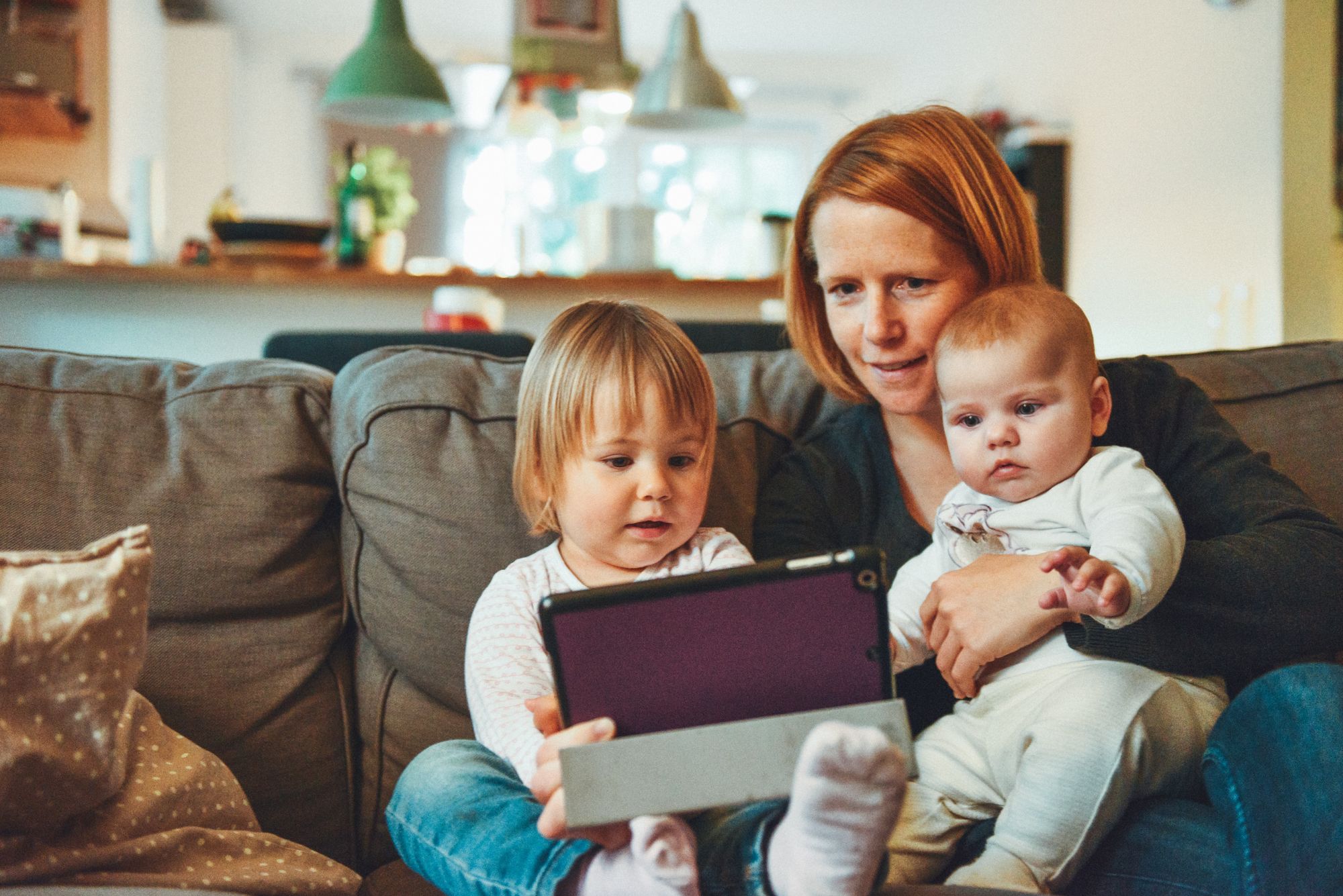
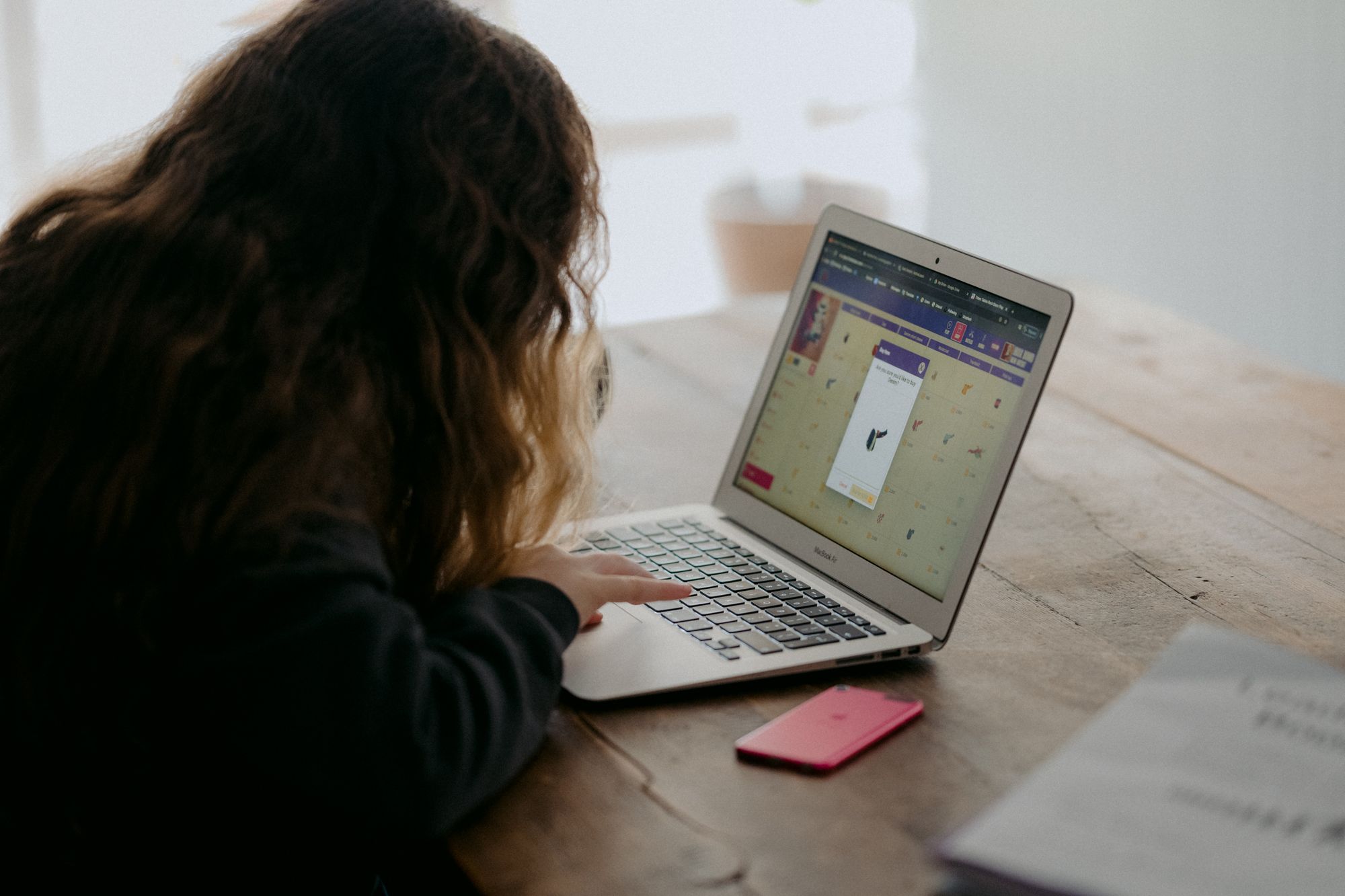
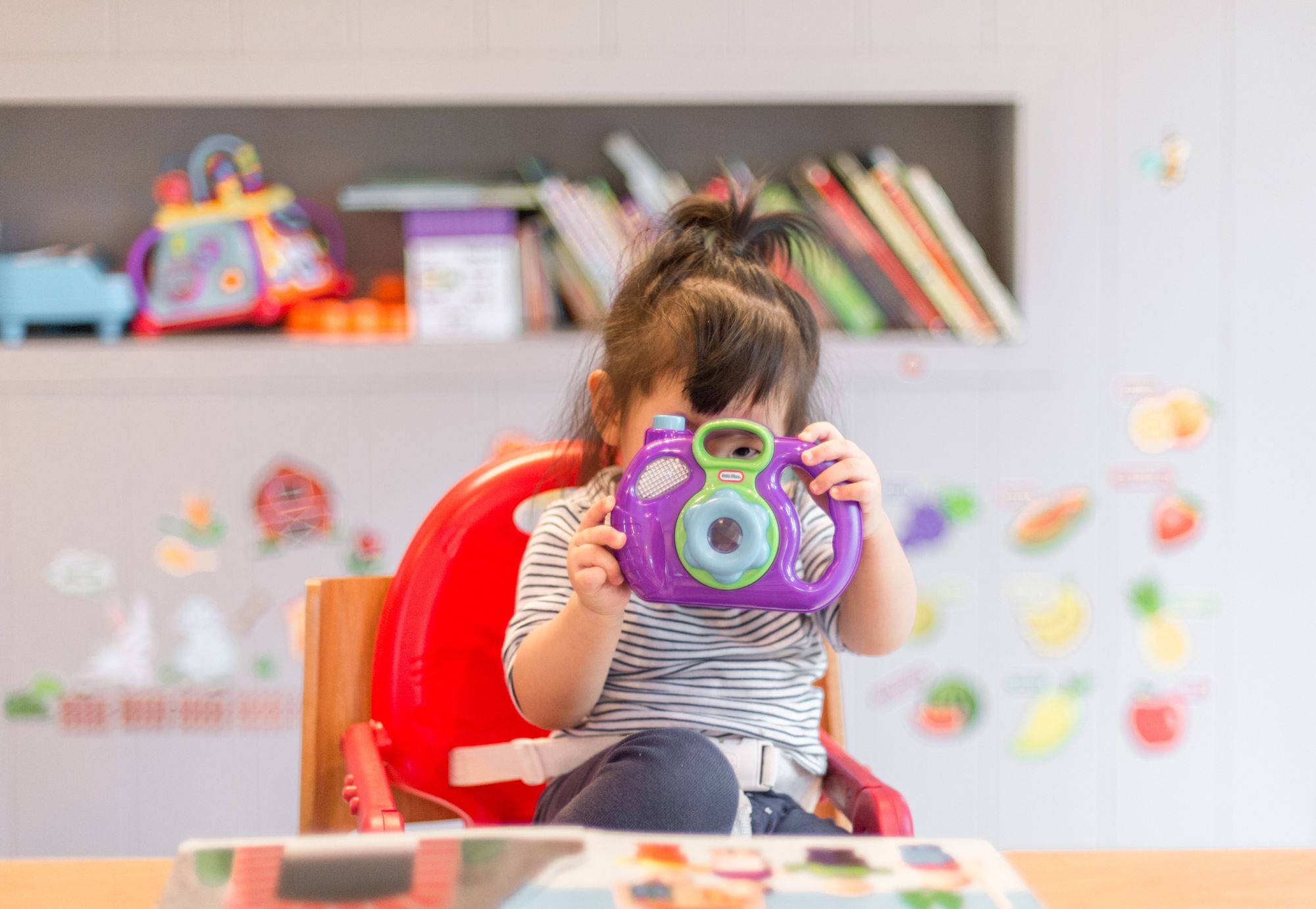
How SLPs Can Support AAC Carryover
A lot has changed, but sometimes, change is good. We have both switched to providing telehealth services versus our traditional face-to-face therapy services. We spend a lot of time teaching individuals how to use their AAC devices in structured situations, but the goal is for them to be able to use their devices in more natural contexts (i.e. at home, with loved ones!). Providing telehealth services is one way to merge structured situations with natural contexts. Read more about telepractice here.
How Caregivers Can Support AAC Carryover
It does not have to be too complicated - using an AAC device with your loved one is not meant to be burdensome; it is meant to be something to enhance one’s life in all contexts. All AAC devices are different, but spending just a few minutes to familiarize yourself with the vocabulary on there can be beneficial. Read more tips about AAC support here.
Some additional ways include:
- Creating a list of vocabulary that can be added to the AAC device.
- Encouraging your loved one to use their device to make choices about the book they want to read, the show they want to watch, or the food they want to eat.
- Engage in social greetings such as, "hello," "I love you," and "good morning." If they cannot use their device independently, you can use their device to model these interactions. Any communicative interactions are better than none!
Additional AAC Information
- AAC Tips for Parents & Caregivers
- Modified Fitzgerald Key
- What is Multimodal Communication?
- Getting Started with AAC
AAC Resources
- AAC Goal Bank: a comprehensive packet that includes goal creation starters for all different aspects of AAC
- What others have said about it: "I have been updating my personal goal bank and since I do primarily AAC therapy, this resource was so vital in making sure I was developing solid goals. Well designed!"
- Core Word of the Week - MORE and GO: Activities for teaching core words - includes books, songs, and carryover activities
- What others have said about them: "We love some core words! Downloaded this for my DI room, I have several students using AAC systems."
